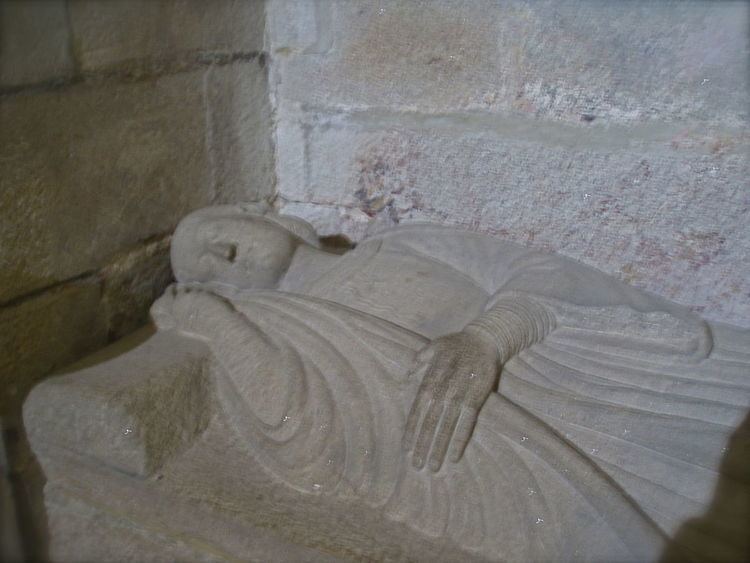 | ||
Galicia is an autonomous community and historical nationality in modern-day northwestern Spain on the Iberian Peninsula, which was and continues to be a major part of the Roman province known as Gallaecia prior to 409. It consists of the provinces of A Coruña, Lugo, Ourense and Pontevedra. It is bounded on the north by the Cantabrian Sea, to the south by Portugal, to the west by the Atlantic Ocean and to the east by principality of Asturias and the community of Castile and León. The archipelago of the Cíes Islands, the Ons archipelago, the Sálvora archipelago and other island such as Cortegada, Arousa, the Sisargas Islands and the Malveiras Islands are also part of Galicia.
Contents
- Suebic Kings of Galicia 409585
- Visigothic Kings of Galicia Hispania and Septimania
- Kings of Galicia
- Jimnez dynasty 10371111
- House of Burgundy
- Portuguese House of Burgundy
- English House of Lancaster
- Portuguese House of Avis
- References
Galicia has about 2,795,422 inhabitants which mainly combines the coastal strip between Ferrol and A Coruña in the northwest and between Vilagarcía de Arousa and Vigo in the southwest.
The medieval and modern Kingdom of Galicia derived of the kingdom of the Suebi, founded by king Hermeric in 409. By the 6th century the kingdom of the Suebi was already known as Kingdom of Galicia, Gregory of Tours being the first chronicler to use this denomination.
Suebic Kings of Galicia (409–585)
First Royal Dynasty (409–456)
Kings during a Suebic Civil War (457–469) Note: the civil war split the kingdom, and multiple kings ruled smaller regions of Galicia.
Dark Period (469–550)
Final Suevic Period (550–585)
Visigothic Kings of Galicia, Hispania and Septimania
The Visigoth kings took control of Galicia in 585, which became the sixth province of the Kingdom of Toledo. Anyhow, Galicia maintained a distinguishable administrative and legal identity up to the collapse of the Visigothic monarchy:
From the fall of the Visigothic kingdom until the beginning of the 10th century, Galicia was integrated with other Christian kingdoms of the Iberian peninsula (Kingdom of Asturias and Kingdom of León).
Kings of Galicia
In 910, Alfonso III the Great was forced to abdicate in favor of his sons, who partitioned the kingdom. This resulted in a briefly independent kingdom of Galicia:
In 914, Ordoño acquired the throne at León, reuniting his father's kingdom. On the death of his brother Fruela II of León in 925, there was a period of competing claimants, being made king in Galicia:
The death of Sancho led to Galicia again becoming part of the Kingdom of León, with which it was joined until 982, when the Galician nobility crowned in Santiago de Compostela an anti-king:
Bermudo routed Ramiro III of León in the battle of Portela de Areas, later becoming undisputed ruler of the Leonese kingdom, and so reunifying the realm.
Jiménez dynasty (1037–1111)
Upon the death of Ferdinand I of León and Castile in 1065, Castile, León, and Galicia became three separated kingdoms:
Alfonso VI of León reunited the Kingdoms of Castile, León and Galicia.
House of Burgundy
He was succeeded by his son:
On his death, he divided the kingdom between his daughters, who reigned a few months de jure:
With the accession to the throne of Ferdinand III of Castile in 1230, the Kingdom of Galicia became dynastically united with the kingdoms of León, Castile and Toledo inside the Crown of Castile, but maintaining its personality as a kingdom, and its own legal institutions.
During the early reign Ferdinand IV, his uncle disputed the title with him and claimed to be king of León, Galicia and Seville
Portuguese House of Burgundy
Following Peter I of Castile's death, a succession crisis occurred. During this time, the throne of Galiza was offered to Ferdinand I of Portugal, a member of the Portuguese House of Burgundy, and he was acclaimed in Galiza as King. His reign would see the opening of trade between the two nations and economic benefits for both. This reign, however, would be short, once Henry II of Castile demanded that Ferdinand give up the throne to Castile. Ferdinand did so easily, having not seen Galicia as an integral part of the Portuguese nation.
English House of Lancaster
In 1386, John of Gaunt pressed the claim for his wife (and himself), to the throne of Castile. He successfully invaded Galicia and held most of the country until he was defeated in 1387.
Portuguese House of Avis
Afonso V of Portugal and Juana la Beltraneja, acclaimed de jure kings of Galicia in 1475, saw their pretensions to the Castilian throne defeated at the Battle of Toro in 1479.
